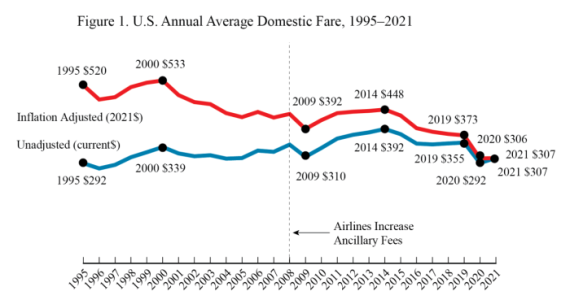Bernays believed “The conscious and intelligent manipulation of the organized habits and opinions of the masses is an important element in democratic society.” As a result, Bernays stated that he could encourage women to smoke by linking cigarettes to notions of freedom and rebellion. In 1989, Bernays sought to end the stigma around women smoking in public by creating the campaign “Torches of Freedom.” Interestingly, selling cigarettes was a passion rather than occupation for Hill, and Lucky Strike was his particular favourite, as he was able to elevate it to be America’s best-selling tobacco brand. Hill realized that if he could get women to smoke outdoors, the company could double their female market. Bernays consulted Dr. A. A. Brill, a psychoanalyst, who explained that it was natural for women to want to smoke, and that the push for emancipation has suppressed the feminine desires. Since tobacco products were equated with men, women began to see cigarettes as torches of freedom. In 1929, Bernays encouraged women to march down Fifth Avenue during the Easter parade in New York City, and protest against gender inequality. Bernays telegrammed thirty debutantes from a friend at Vogue to participate in the demonstration, encouraging them to combat the prejudice against women smokers. There were hopes that prominent figures from the Women’s Movement and Churches would join to show unity in the acceptance of female smokers. It gained a vast amount of coverage and allowed women to feel confident about smoking in public despite potential ridicule. Marches also took place in Boston, Detroit, and San Francisco, and newspapers across the country published stories on it. Bernays central idea was to manipulate the opinion and values of the consumer, and to break down the appeal of cigarettes through networking and media. The success of expanding the market to include women related to the association of cigarettes with broader social change. Smoking was a torch of liberty and freedom, in that it was promoted as a substitute for the ballot. The advertisement above demonstrates the message Bernays sought to send.






































